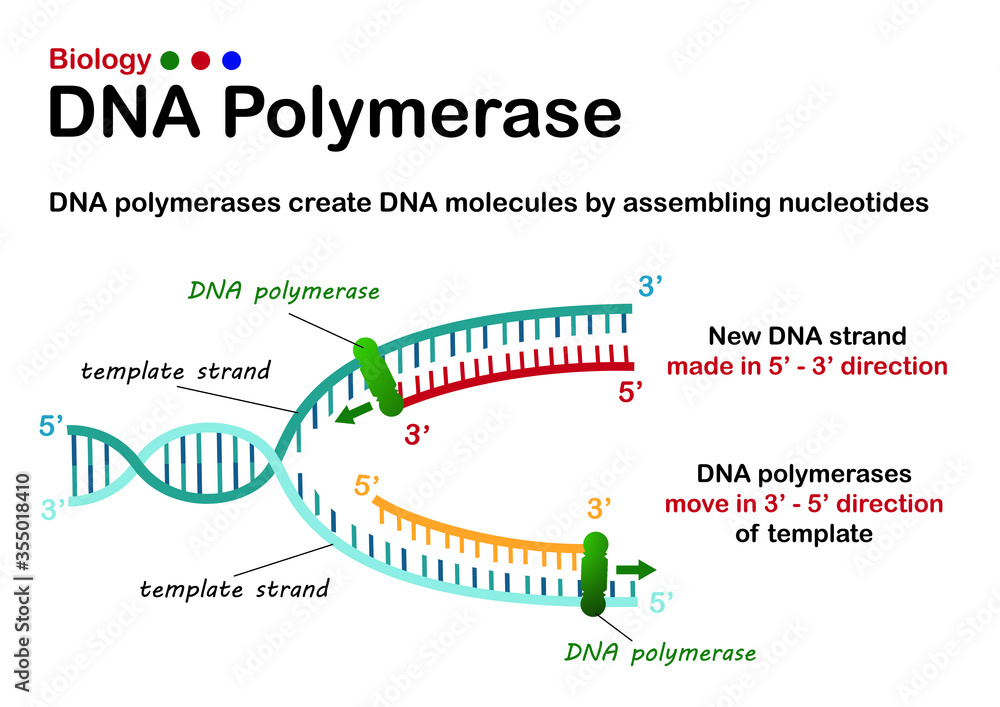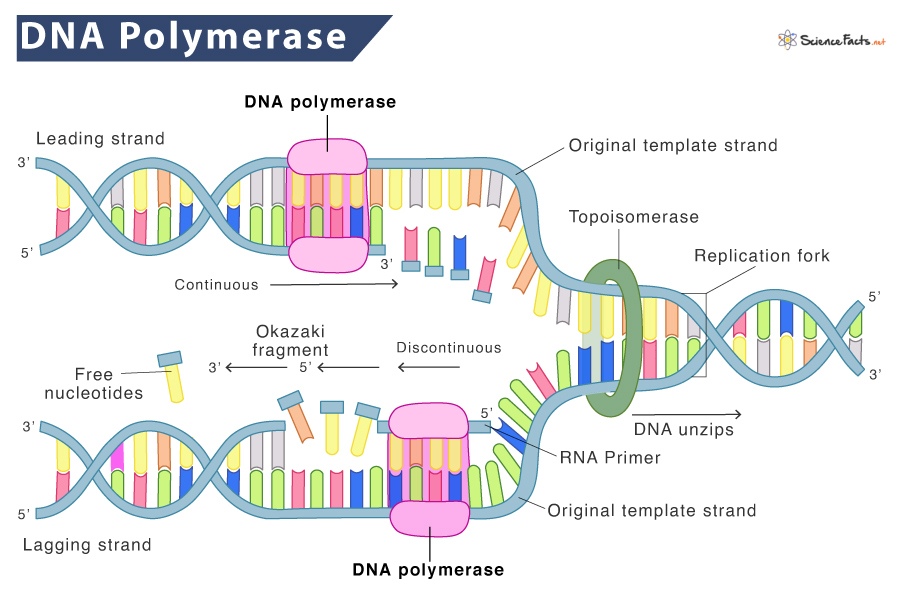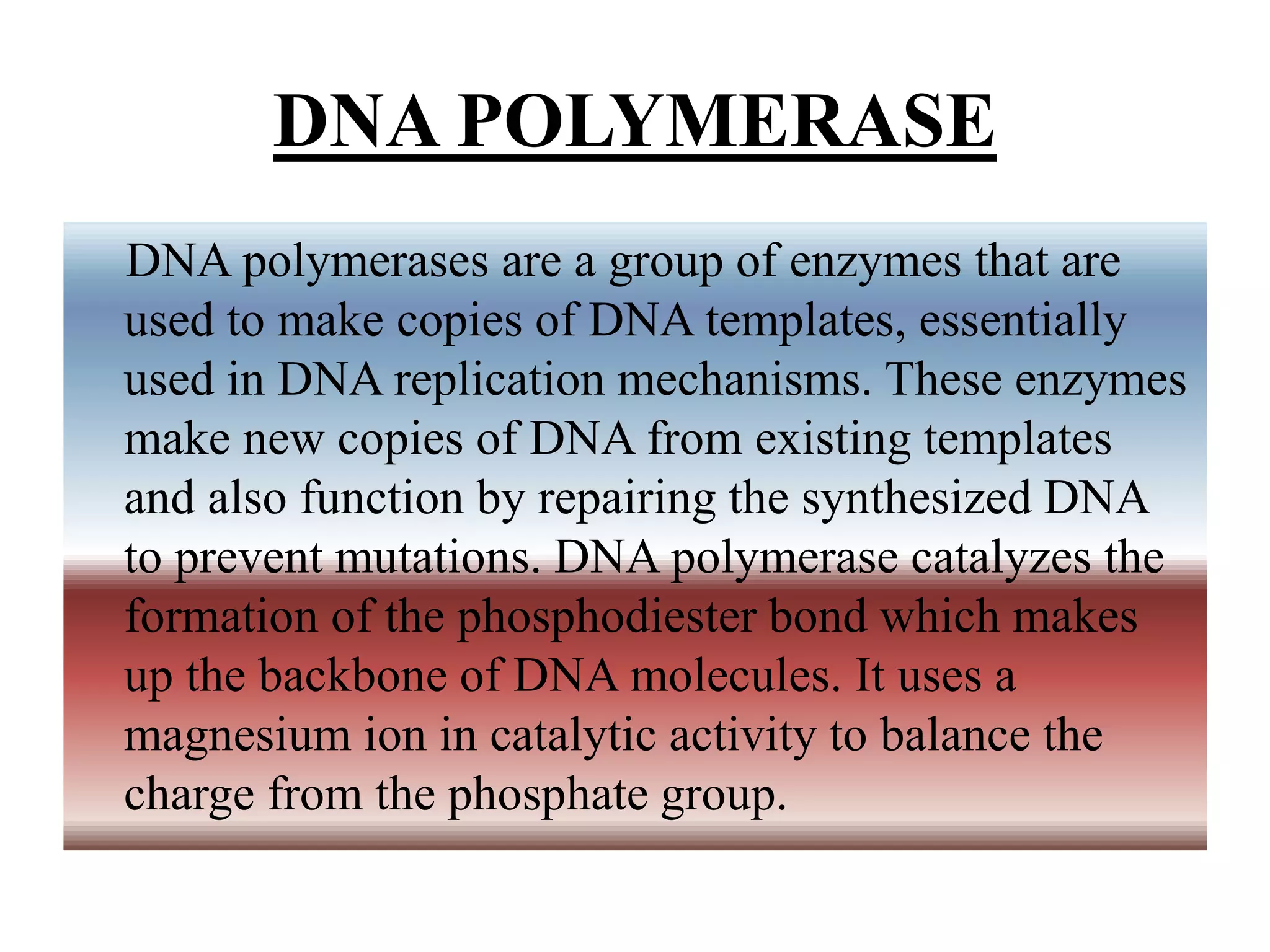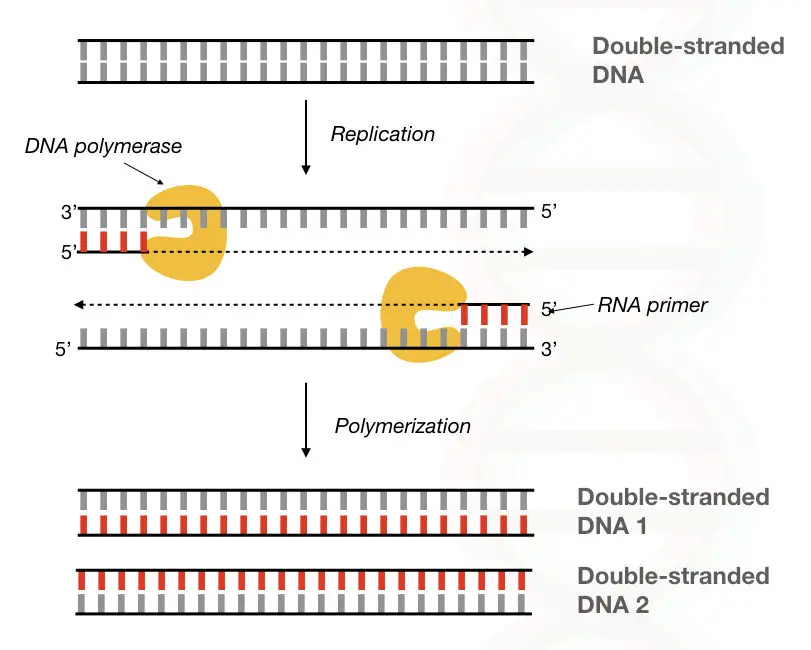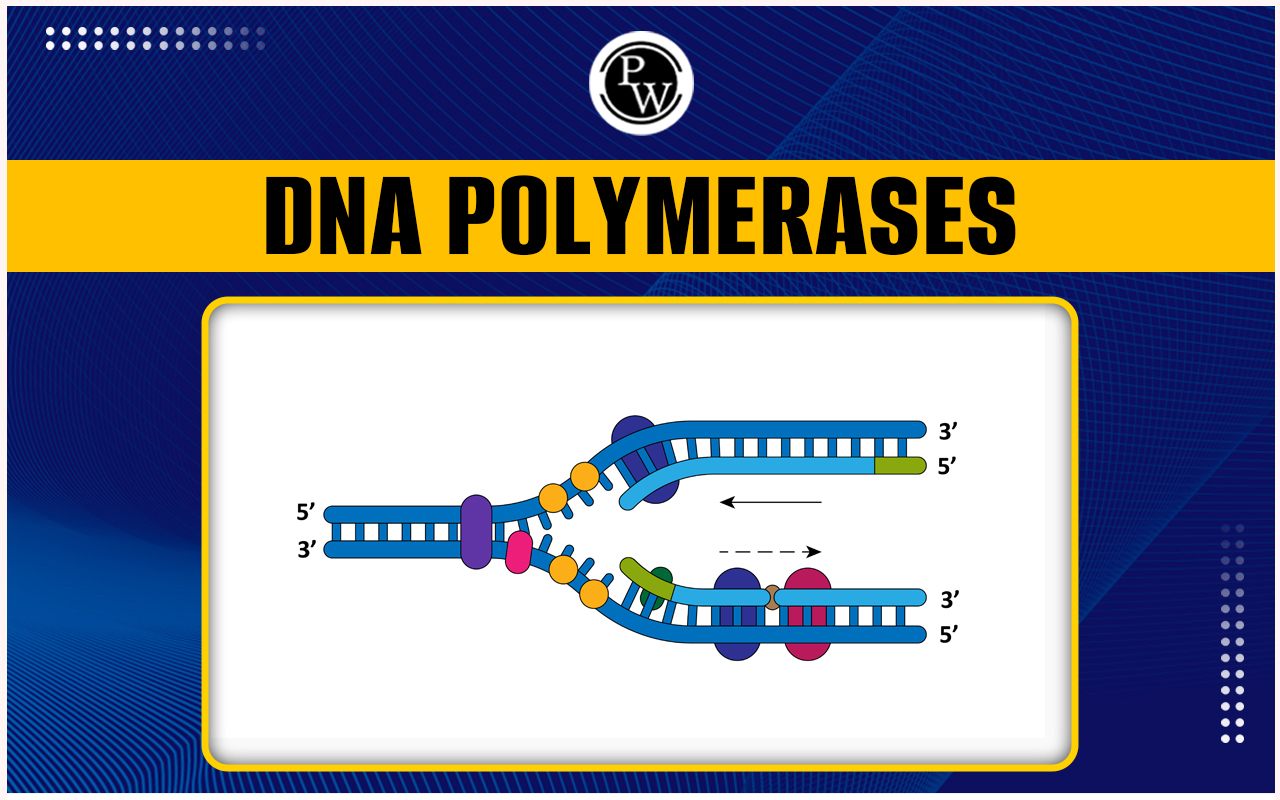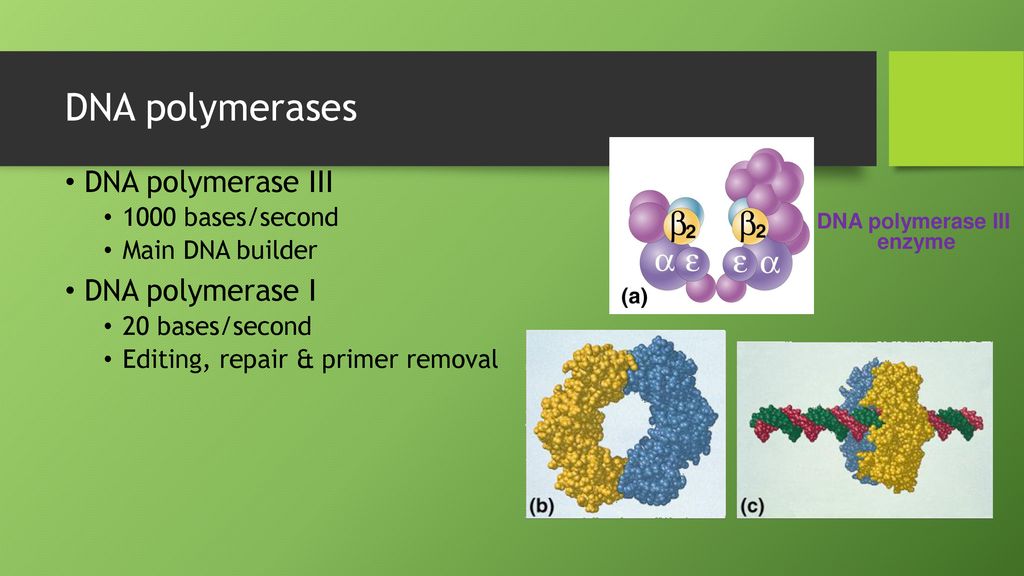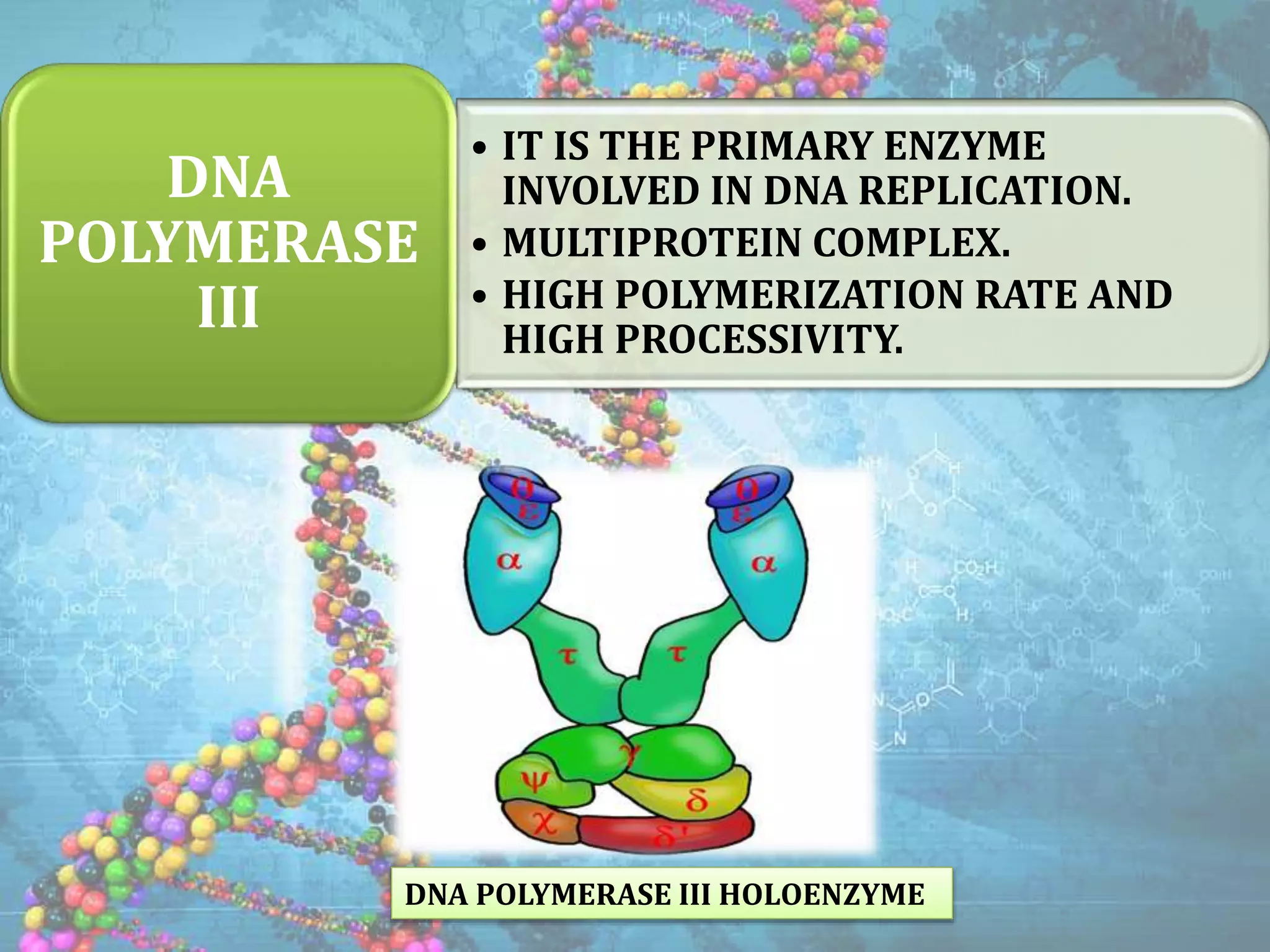How Do Dna Polymerase I And Dna Polymerase Iii Differ
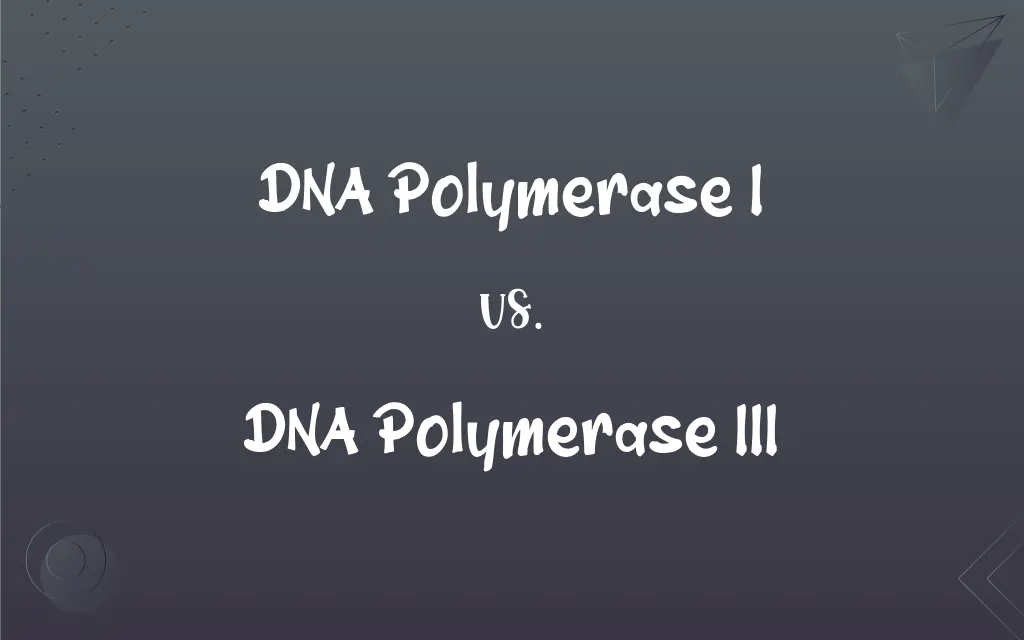
CRITICAL ENZYME SHOWDOWN: Understanding the precise roles of DNA Polymerase I and DNA Polymerase III is paramount in comprehending DNA replication and repair. Scientists are urgently seeking clearer distinctions between these enzymes to advance genetic research and therapeutic development.
Decoding the differences between DNA Polymerase I and DNA Polymerase III is crucial for manipulating DNA with precision, impacting fields from medicine to biotechnology.
Key Differences Unveiled
DNA Polymerase III is the primary enzyme for replicating the bulk of the genome. Its main function is high-speed, high-fidelity DNA synthesis during replication.
This enzyme works processively, adding thousands of nucleotides to the growing DNA strand with each binding event. It’s the workhorse of DNA replication, ensuring accurate duplication of genetic information.
In contrast, DNA Polymerase I plays a supporting, yet vital, role. It is primarily involved in DNA repair and the removal of RNA primers laid down during replication.
DNA Polymerase I exhibits 5' to 3' exonuclease activity, allowing it to remove RNA primers from the 5' end of Okazaki fragments. It then fills the gaps with DNA nucleotides, ensuring a continuous DNA strand.
Processivity and Speed
DNA Polymerase III boasts significantly higher processivity and speed compared to DNA Polymerase I. This enables it to replicate large stretches of DNA quickly and efficiently.
Studies have shown that DNA Polymerase III can add approximately 1000 nucleotides per second. Conversely, DNA Polymerase I operates at a much slower rate, adding only about 10-20 nucleotides per second.
This difference in speed directly reflects their roles: DNA Polymerase III for bulk replication, and DNA Polymerase I for localized repair and primer removal.
Exonuclease Activity
Both DNA Polymerase I and DNA Polymerase III possess 3' to 5' exonuclease activity, often referred to as proofreading. This allows them to correct errors made during DNA synthesis.
However, DNA Polymerase I uniquely exhibits 5' to 3' exonuclease activity, crucial for removing RNA primers. This activity is absent in DNA Polymerase III.
This 5' to 3' exonuclease activity is what distinguishes DNA Polymerase I in its specific role of primer removal during replication.
Structure and Subunits
DNA Polymerase III exists as a complex holoenzyme, consisting of multiple subunits. These subunits coordinate to perform replication efficiently.
The core complex of DNA Polymerase III includes the α, ε, and θ subunits, responsible for polymerase activity, proofreading, and stabilization, respectively.
DNA Polymerase I, on the other hand, is a single polypeptide chain. It contains separate domains for polymerase and exonuclease activities.
Impact on Replication
Without DNA Polymerase III, genome replication would halt entirely. Its speed and accuracy are essential for cell survival.
While DNA Polymerase I is not essential for initial replication, its absence leads to the accumulation of RNA primers in the replicated DNA. This results in unstable and fragmented DNA.
Therefore, both enzymes are critical, albeit at different stages and in different capacities, for the overall integrity of DNA replication.
Future Research Directions
Current research is focused on further elucidating the interaction between DNA Polymerase I and DNA Polymerase III during replication. Scientists aim to understand how these enzymes coordinate their actions to ensure accurate and efficient DNA synthesis.
Developing inhibitors specific to each polymerase is also a key area of investigation. This could have significant implications for developing novel antibiotics and cancer therapies.
Ultimately, a deeper understanding of these enzymes will unlock new possibilities for manipulating and repairing DNA, with far-reaching consequences for various scientific disciplines.



